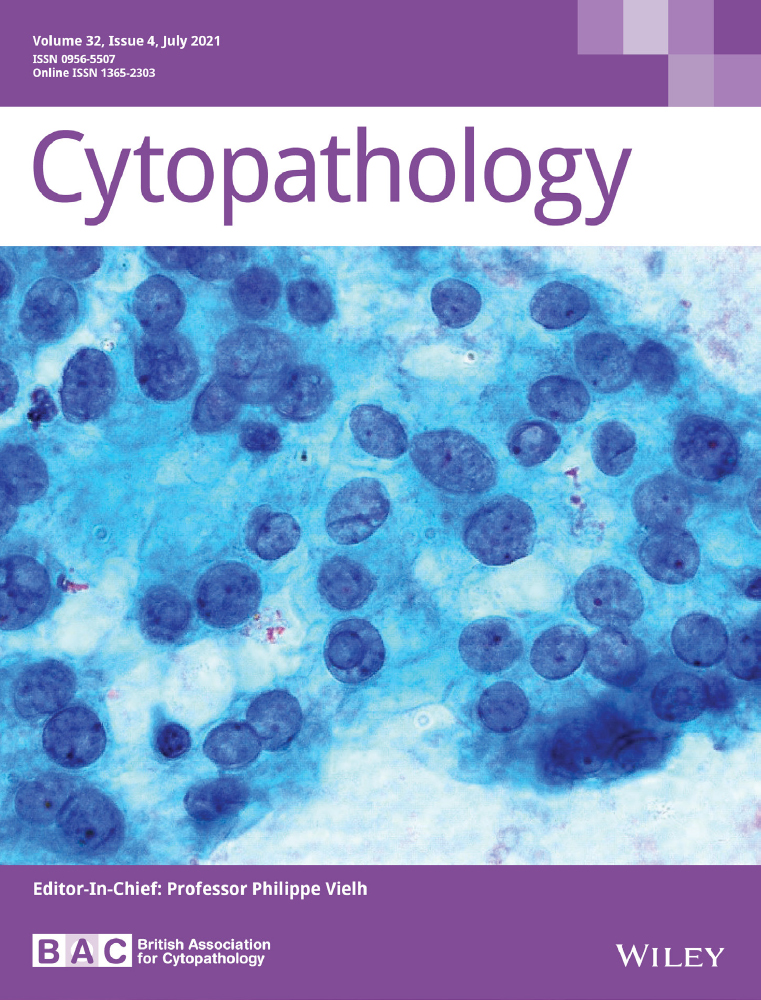The level of agreement between rapid-on-site evaluation of endoscopic ultrasound fine needle aspirate and surgical histological diagnosis in gastrointestinal lesions
Abstract
Objective
Endoscopic ultrasound (EUS) is the main tool for biopsy via fine needle aspiration (FNA) from gastrointestinal (GI) lesions including pancreatic, upper gastrointestinal, and adjacent lesions. The variable diagnostic yield and delay until the final pathological results can affect treatment planning and cause patient anxiety. We aimed to assess the agreement of rapid on-site evaluation (ROSE) of EUS-FNA with the surgical histological diagnosis of patients who underwent resection.
Method
A retrospective study was performed including all patients 18 years or older who underwent EUS-FNA with ROSE for GI lesions. For patients who underwent surgical resection, the correlation between ROSE and the surgical histological diagnosis was evaluated with the kappa coefficient.
Results
Overall, 73 patients who underwent EUS-FNA with ROSE were included, of whom 22 (30.1%) had curative resection. The final pathological diagnosis from surgery showed 17 malignant and 5 benign lesions. Among the benign lesions, ROSE correctly identified 2 (diagnostic accuracy of 40%), while among the malignant lesions, ROSE correctly identified 14 (diagnostic accuracy of 82.4%), yielding a fair kappa coefficient of 0.366 (95% CI 0.035-0.697). When classifying the lesions as either malignant vs benign or suspicious of malignancy, the kappa coefficient increased to 0.58 (95% CI 0.180-0.975) for the subgroup of pancreatic lesions, with diagnostic accuracy of 81.2% for the malignant category.
Conclusions
A high level of agreement for malignancy was found between FNA-EUS with ROSE and the final surgical histological diagnosis. ROSE can be used as an adjuvant diagnostic tool to optimise patient management and decrease delay-related anxiety.
Abstract
Accurate and rapid diagnosis of gastrointestinal and especially pancreatic lesions by EUS-FNA is crucial to optimise patient management. As rapid on-site evaluation (ROSE) with EUS-FNA was found highly comparable for malignancy to the final histological diagnosis in surgical cases, ROSE can be used as a reliable tool for immediate treatment planning and to reduce patient anxiety.
CONFLICT OF INTEREST
The authors declare there are no conflicts of interest regarding this manuscript.
Open Research
DATA AVAILABILITY STATEMENT
The data are available from the Gastroenterology department at Galilee Medical Center and will be provided upon request.




